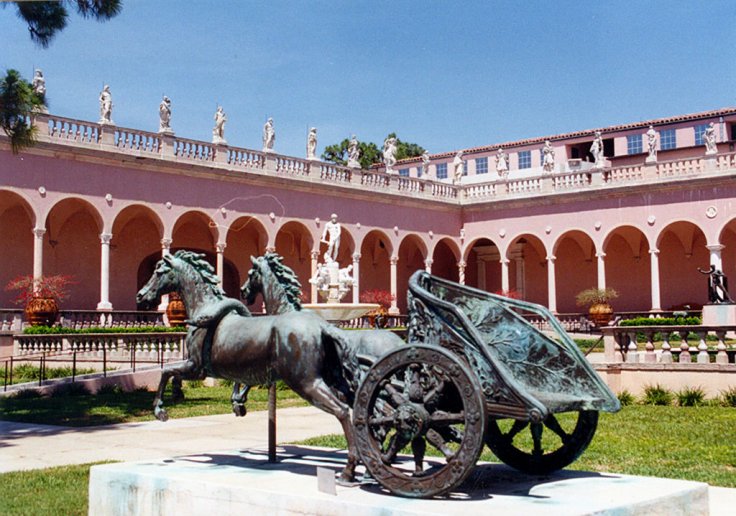Roman emperors faced violent death in their first year of rule but the risk gradually declined in the next seven years, but majority faced violent death, said a new study throwing new light on the distinct pattern in how Romans ruled or were assassinated.
Applying modern statistical models seen in reliability engineering, interdisciplinary research, a team of researchers led by Joseph Saleh from the Aerospace department of Georgia Institute of Technology in the US, has suggested that the historical records show that of 69 rulers of the unified Roman Empire, 43 (or 62%) suffered violent deaths either by assassination, suicide or during combat.

While historians treated each death as a single, random event alongside individual contributing factors such as allegiances and wealth, for the first time an inter-disciplinary approach has unfolded the common, underlying patterns to show how long each emperor's reign lasted before they died. Saleh found several parallels between the seemingly random failures of components in engineering and the seemingly random deaths of emperors.
In his paper published in the open access journal Palgrave Communications, Saleh said: "In engineering, the reliability of a component or process is defined as the probability that it is still operational at a given time. The time it takes for a component or process to fail is referred to as its time-to-failure and this shows similarities to the time-to-violent-death of Roman emperors."
Striking similarities
The study found some striking similarities among all the Roman emperors. In their first year of reign, they invariably faced a high risk of violent death, a pattern also seen when engineering components fail early, due to a failure to function. This is similar in the case of an emperor, who might have failed to meet the demands of their role in the first year.
Though the risk of death stabilised by the eighth year, it resurfaced after 12 years of rule, a pattern similar to the failure of components because of fatigue, corrosion or wear-out. When data points were aligned on a graph, the failure rate of Roman emperors over 400 years displayed a bathtub-like curve, a model widely seen with mechanical and electrical components.
Data on Roman emperors was obtained from the De Imperatoribus Romanis, a peer-reviewed online encyclopedia and the limitations may apply as sources of ancient history are often inconsistent and the exact causes of death may differ between accounts, stated the study.
Gibbon's remarks
Edward Gibbon in his Decline and Fall of the Roman Empire (1776), said even the highly energetic emperor Aurelian (ruled from 270 to 275 CE) who brough unity among the Romans, was murdered in a typical way that his senators just took note of another ruler in his camp elsewhere.
"Such was the unhappy condition of the Roman emperors, that, whatever might be their conduct, their fate was commonly the same. A life of pleasure or virtue, of severity or mildness, of indolence or glory, alike led to an untimely grave; and almost every reign is closed by the same disgusting repetition of treason and murder... the Roman senators heard, without surprise, that another emperor had been assassinated in his camp."









